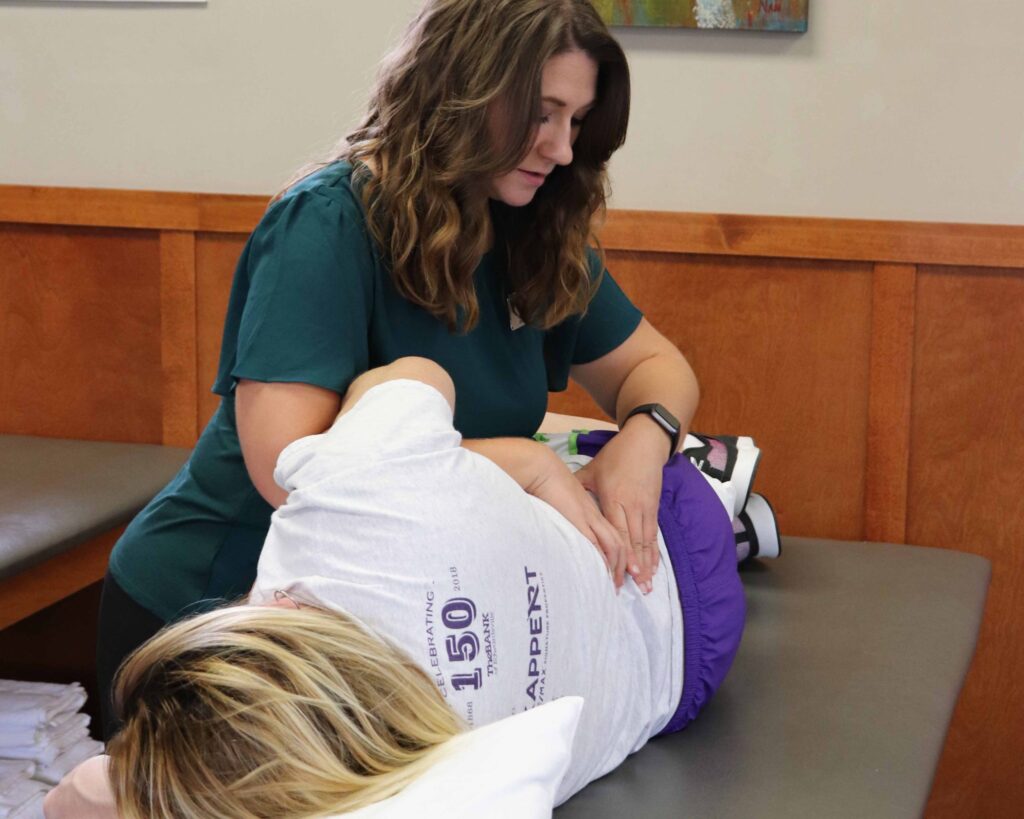Written by Dana L. Davis, MPT, MTT; Reviewed by Stephen E. Heim, MD
Physical therapy (PT) is a proven non-surgical treatment for spine-related pain caused by spondylosis (spinal arthritis), degenerative disc disease, whiplash and other disorders. PT is often part of a patient’s multidisciplinary treatment approach that may include medications and spinal injections. Furthermore, active and passive types of physical therapy may be part of post-operative recovery.
Back and neck pain are two of the most common spinal problems people experience. In fact, upwards of 80% of the American population will experience back pain at some point during their lives. Considering that, at some point you may ask what PT can do for you and if the time and effort invested is worth it.
What is Physical Therapy?
Physical Therapy (PT) is considered a conservative treatment method addressing the treatment, healing and prevention of injuries and disabilities. PT focuses primarily, but not solely, on pain relief, promoting healing, and restoring function and movement associated with injury. Other areas within physical therapy are ergonomic (body mechanics) training, fitness/ wellness, and especially education and prevention.
What can a Physical Therapy program do for me that I cannot do on my own?
Many patients may think that they know how to properly exercise, manage their pain and rehabilitate themselves. I have commonly been given explanations from patients for why they do not need therapy – for example, “I have had this before and I know what works for me” or “I know what is causing this, because my neighbor had the same thing so I will just do what she did” and attempt to manage themselves.
A Physical Therapist is a specialist skilled and educated specifically in proper rehabilitation. We are continually educated as to management for different dysfunctions, differentiation of one dysfunction/injury from another and work closely with the referring physician in the development of a rehabilitation program specifically designed for each individual. The other important aspect to remember with physical therapy is that each individual is different.
We all have different types of bodies, different patterns of movement, alignments and habits. A physical therapist, along with their trained staff, monitors each individual and attempts to correct improper movements, alignments and habits.
How long is it going to take?
This is such a popular question. It seems that everyone has to have timelines, which is understandable because we all have lives to lead. Your physical therapist is aware that rehabilitation can be an imposition. I explain that because each person is different, rates of healing are different. I can usually get an idea of your progress within two weeks. We explain to our patients that even though they have other things to do, rehab is important. Although rehab takes time, it also took time for the injury to progress to the point of causing pain or contributing to injury.
What will I have to do in physical therapy?
PT generally encompasses pain relief, strength and flexibility training, proper postural alignment, regaining movement or range of motion, improving and correcting posture, endurance training, relaxation and stress relieving techniques, balance and coordination training, proper walking, education, safety awareness and development/implementation of a home exercise program.

